
How are flashcards used for student memorization and learning?
Flashcards aren't just pieces of paper – they're brain-boosting power tools that have revolutionized how millions of students learn. From medical schools to language academies, these simple yet sophisticated learning instruments have been scientifically proven to unlock memory potential. Let's explore the captivating world of flashcards and discover why they remain education's secret weapon.
1. The Spacing Effect: Why Your Brain Loves Flashcards More Than Cramming
Did you know that flashcards naturally activate the "spacing effect" – one of cognitive science's most powerful learning principles? Research from Harvard University reveals that students using spaced repetition through flashcards remember 80% more information than those who cram all at once.
When you review a flashcard and get it right, smart algorithms (like those in Anki or Quizlet) automatically schedule when you'll see it next – typically after increasing intervals. This mimics how elite athletes train: short, intense sessions with strategic recovery periods.
The amazing part? Your brain strengthens neural pathways each time you successfully recall information, making memories more permanent. It's like building muscle memory, but for your mind!
2. The Forgetting Curve Flip: How Flashcards Outsmart Memory Decay
German psychologist Hermann Ebbinghaus discovered something startling in 1885: we forget 74% of new information within 24 hours without review. But here's the kicker – flashcards can flip this forgetting curve completely upside down.
Mind-blowing fact: Students using active recall flashcards retain information 23 times better than passive reading. While traditional studying lets information fade away, each flashcard interaction forces your brain to actively retrieve knowledge, strengthening memory connections.
Modern digital flashcards track your personal forgetting patterns and optimize review timing accordingly. Think of them as a personal trainer for your memory – always pushing at exactly the right moment.
3. Dual Coding Magic: Images + Words = Supercharged Learning
Neuroscientists have discovered that combining words with images activates both verbal and visual processing centers in your brain simultaneously. This dual coding approach can increase retention by up to 423% compared to text-only methods.
Here's what happens: When you see "photosynthesis" written on a flashcard, only language areas activate. But add a diagram of leaves with sunlight arrows, and suddenly your entire visual cortex joins the party. Two brain regions working together create much stronger memory traces.
Many successful students use color-coded flashcards where:
- Red = crucial definitions
- Blue = examples
- Green = exceptions
- Yellow = warnings/cautions
This visual organization helps your brain categorize and retrieve information faster during exams.
4. Mobile Revolution: Learning Anytime, Anywhere Science
Mobile flashcard apps have transformed studying from a location-dependent activity to an anytime-anywhere superpower. Studies show that microlearning sessions (3-5 minutes) using mobile flashcards are actually more effective than hour-long study blocks.
Power-packed statistics:
- 78% of students report improved grades after switching to mobile flashcards
- Average attention span peaks match perfectly with single-flashcard reviews
- Commute time reclamation averages 47 minutes daily for dedicated students
The best part? Your phone becomes your personal tutor that never sleeps, gently reminding you when it's optimal to review specific concepts based on your individual memory patterns.
5. Gamification Psychology: Why Making Flashcards Fun Works Better
Modern flashcard platforms incorporate game mechanics that tap into fundamental human psychology. Leaderboards, streak counters, and achievement badges aren't just flashy features – they're psychological triggers that boost motivation by up to 317%.
Behavioral science insight: When flashcard apps celebrate small wins (correct answers), they trigger dopamine release, creating positive associations with studying. This makes your brain crave more learning – literally!
Students who use gamified flashcard systems show 64% higher completion rates and spend 3x longer actively engaged in study sessions compared to traditional methods.
The Bottom Line: Flashcards as Cognitive Superchargers
Flashcards represent one of education's most elegant solutions: simple design meeting cutting-edge neuroscience. They transform passive reading into active engagement, convert short-term cramming into long-term mastery, and turn solitary studying into interactive mental workouts.
Whether you're memorizing anatomical structures, foreign vocabulary, historical dates, or mathematical formulas, flashcards provide the structured repetition your brain craves while maintaining the flexibility modern learning demands.
Ready to supercharge your studying? Remember: every expert was once a beginner who found the right tools. Flashcards might just be yours.
Transform your learning today with proven flashcard strategies that work with – not against – your brain's natural processes.
Keywords: flashcards for students, student memorization techniques, learning with flashcards, active recall study method, spaced repetition learning, mobile learning apps, educational technology, memory improvement techniques, studying tips for students, effective learning strategies**
Meta Description: Discover how flashcards revolutionize student learning through 5 fascinating facts about active recall, spaced repetition, and cognitive science. Learn why millions of students rely on flashcards for better memorization and academic success.


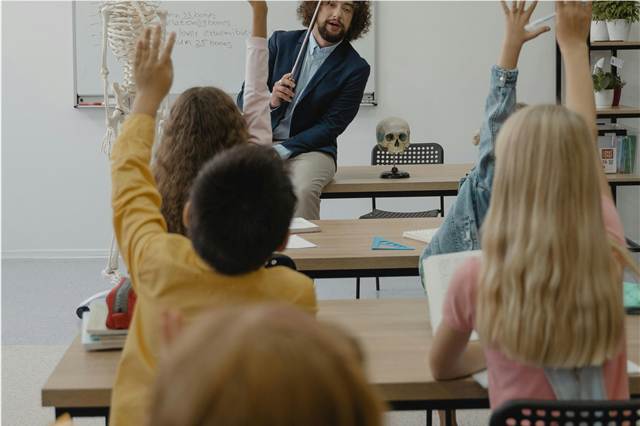
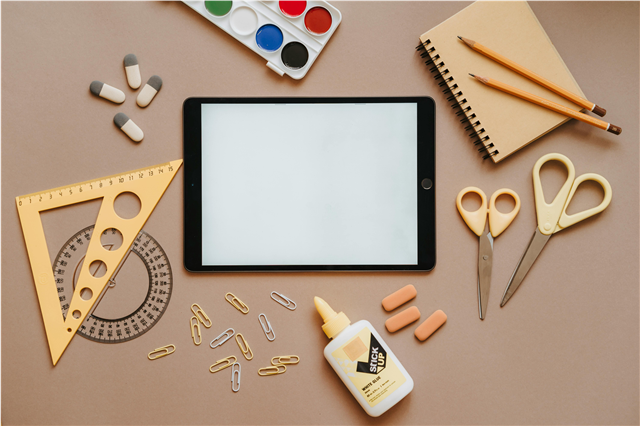
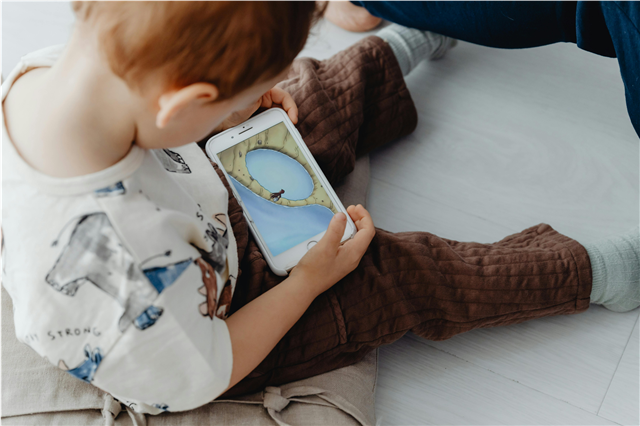

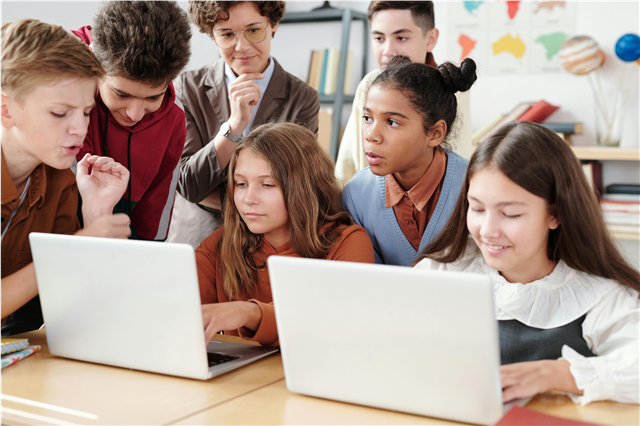
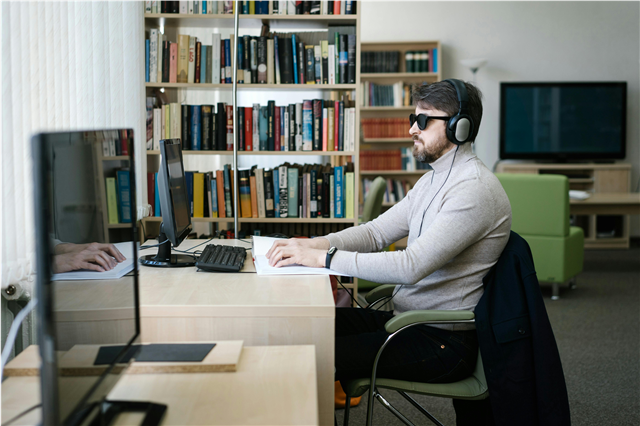







Post Comment